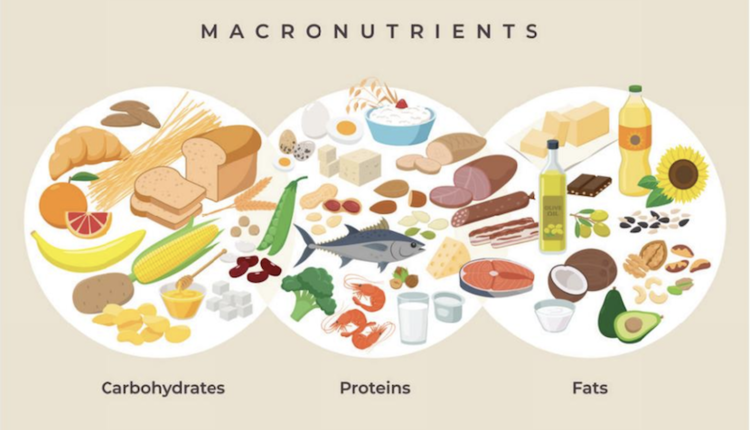
Imagine walking into a digitized gym where every machine and barbell is equipped with smart weights and is connected to your client’s wearable device, an app and a leaderboard. It might seem like a futuristic vision but it’s not too far out in the future.
Artificial intelligence (AI) is transforming industries, cutting costs and saving tons of time — including the fitness industry. It has already revolutionized the way we approach fitness from wearable technology to fitness apps. As a fitness professional you can leverage AI for your business and create customized experiences for your clients and athletes.
AI can help you become an efficient, data-centric and engaged professional. Here are five ways that AI can transform your fitness business:
1. Personalized Fitness Plans: Creating personalized fitness plans tailored to clients’ goals is one of the most significant contributions of AI. Traditional one-size-fits-all workouts are a thing of the past. Instead, with AI you can create dynamic and adaptable workouts that consider metabolic biometrics like muscle mass, fat percentage, cholesterol levels, stress levels and systemic inflammation for your clients. AI-powered algorithms can analyze and process extensive data. This data helps to create periodized programs as the client progresses, ensuring effective programming. Although AI can customize the program for your clients, it’s still necessary to make sure that it doesn’t override the evidence-based practices that bring meaningful results for your clients.
2. Real-time Performance Data: AI has opened doors to real-time training with smart training equipment and wearable technology. Training machines and gear are equipped with sensors and cameras that give instantaneous info to your client on their form, posture and effectiveness of the exercise.
The use of wearables like watches, rings and smart phone apps have generated an exceptional amount of health and performance data like sleep patterns, heart rate variability, recovery rates and stress. AI algorithms are programmed to interpret the data and translate it into efficient training and nutrition intake. I like how AI allows us to make informed decisions about our clients training. For example, when I’m training for a race, my Garmin alerts me if my recovery status and performance condition is less than optimal and suggests adjusting the intensity of my workout to prevent overtraining. This guidance helps me to optimize my training and minimize risk of injury. For the same reason, I suggest the use of wearables to my clients, too.
3. Access to Nutrition Plans: Dietary intake apps have been part of nutrition coaching realm for quite some time. But now they are taking the spotlight in the industry by helping fitness professionals and nutritionists alike with diabetes management, eating disorders and weight loss. The mobile apps allow clients to reach their nutrition goals more effectively than before by analyzing dietary habits and providing recommendations and recipes for healthier eating. As a coach, you can see the real-time nutrition intake of your clients and suggest modifications within the app.
The speech-based food logging apps like Nutritionix Track and Talk-to-Track are taking the heavy lifting out of food logging for clients by simply talking into the phone. Personally, I like leaving voice memos for my clients in these apps for real-time feedback.
With the enhanced data analytics, the new AI tools are quickly able to determine whether a client is at risk of an eating disorder. From there, as a fitness professional we can make additional referrals to provide our clients with the care they need and truly create a collaborative professional network.
4. Virtual Coaching: AI is making fitness and wellness coaching more accessible and affordable. As a professional, all you need is a virtual hosting app like Zoom or Skype and you can connect to your clients anywhere in the world. Clients can access your expertise and guidance without the need for traveling and in-person interactions. You can share workout and nutrition plans, share workout videos, offer form correction and provide accountability through text messages and voice memos. You can expand your coaching practice nationwide or worldwide, eliminating the need to compete in local markets.
5. Fitness Apps: Fitness apps have been around for a while now and are an increasingly popular way for clients to interact with their coaches and trainers. The pandemic accelerated the use of apps when people were forced to maintain their fitness outside of the gym and the trend hasn’t faded. Clients want workouts and wellness programs created specifically for the devices where they love to consume workouts such as mobile phones, tablets and smart TVs.
According to a report by Uscreen digital solutions, trainers who have their own membership apps have over eight times the number of paying members and generate 10 times more subscription revenue compared to those without apps. Additionally, they experience twice the watch-time on their exclusive membership content.
Fitness apps are a great way to boost engagement with your clients. And having a personalized app can ramp up your business. Before you dismiss the idea of creating an app due to lack of programming knowledge, I’d like to share that such knowledge is no longer a necessity. There are many drag and drop platforms where you can simply convert your website into an app and add personalized content to create your own app. You can also use platforms like Trainerize that let you customize their app for your use.
Another valuable benefit of apps is the power of community. You can easily create a community where clients can connect, fostering a sense of belonging.
The Future of Fitness Coaching
AI is changing how we work with our clients, from creating programs to interacting with them. As fitness professionals, we have many opportunities to use AI to develop unique and effective experiences for our clients.
However, it's crucial to acknowledge the human connection that makes coaching meaningful. Coaching derives its power from the experience of feeling heard, seen and unconditionally embraced without judgment by another human, serving as the catalyst for personal growth.
With AI helping us with personalized programming, we can focus more on the coaching aspects that AI cannot fully address, such as trust, empathy and feeling understood. Ultimately, it's the strong human connection that gives our clients the courage to become best versions of themselves with a healthy body.
Aesha Tahir is an exercise physiologist and a wellness coach who helps corporate professionals embrace wellbeing through better posture and healthy weight. Through her coaching programs, podcast, workshops, and speaking engagements, Aesha has helped many clients discover pain free living and higher confidence. She is an award-winning author of the international best seller, Unhunched: Discover Wellness Through Posture. As a wellness writer, she passionately writes about nutrition, fitness programming, and entrepreneurship! You can learn more about her at www.aeshatahir.com.





















